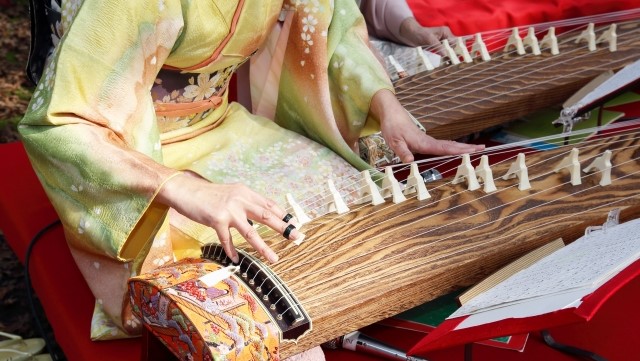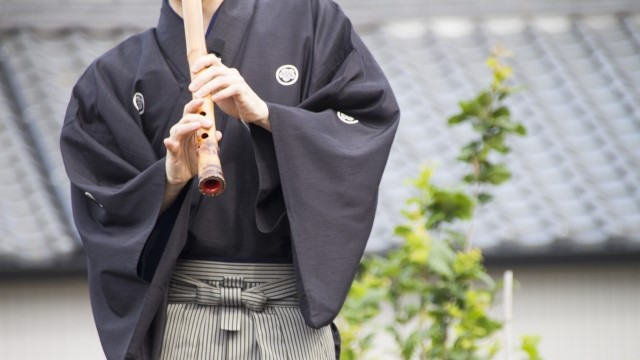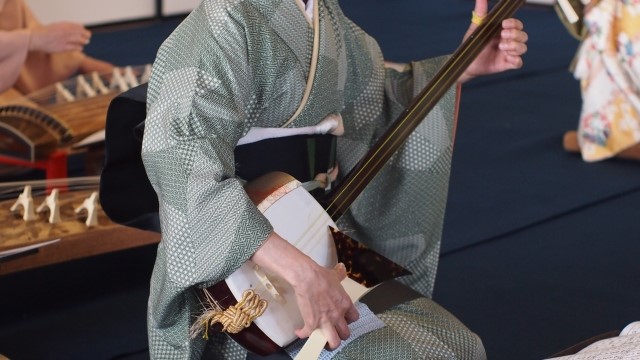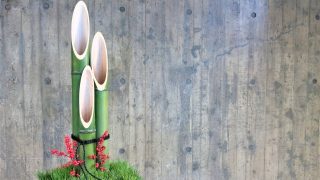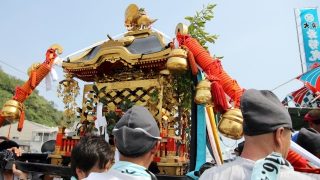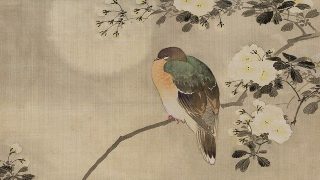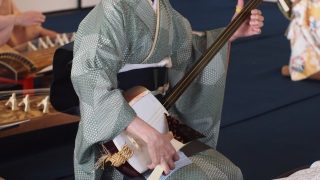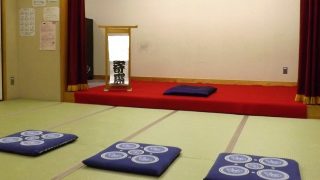About Hogaku (邦楽-Traditional Japanese music)
Hogaku (Traditional Japanese music) refers to the ancient Japanese music that developed in the early modern era, such as the Koto, Shamisen, and Shakuhachi. It was widely popular as a practice for ordinary people in the old days.
About Koto (琴-箏-Japanese harp)
Koto is a musical instrument, the Japanese harp, that was introduced from China in the Nara period (710-794) and is still used in Japanese court music (Gagaku). In the early Edo period (1603-1868), Kengyo Hatsuhashi made improvements and created Koto songs to match Japanese songs, which became popular among the common people.
During the Edo period, it became a big boom in the practice, and styles such as Ikuta-ryu and Yamada-ryu were born to this day.
The Koto is a stringed instrument with 13 strings strung on a wooden body and a “Kotoji” to determine the pitch and scale.
Each part of the Koto has a name that looks like a dragon (龍) (e.g., Dragon Head (龍頭), Dragon Horn (龍角), Dragon armor (龍甲), Dragon Tail (龍尾)). Place the dragon head (龍頭) so that it comes to the right and sit on the far right and play it.
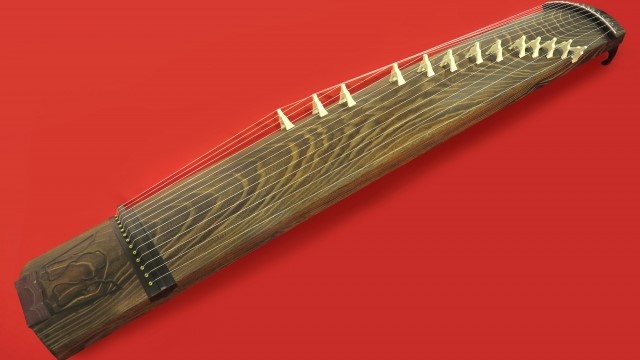
The history and differences between Koto (琴) and Sō (箏) in Japan
Conclusion:
The Koto (琴) as the instrument is no longer in use, and the Sō (箏) as the instrument remains today. Because of the difficulty of using Sō (箏) as Kanji, the government did not set it as the usual Kanji used in Japan (Koto (琴) was set as the usual Kanji used in Japan). The Kanji and word “Koto (琴)” is used for the present-day Sō (箏) instrument, which is now used as Koto.
Summary:
Both Koto (琴) and Sō (箏) were introduced to Japan in the Nara period (710-794) from China, and there are references to Koto (琴) and Sō (箏) in “The Tale of Genji”. A Koto (琴) made in the Tang Dynasty of China is still preserved in the Shosoin temple in Nara. Later, the Koto (琴) instrument disappeared in Japan and was revived in the Edo period, but in the Meiji period, the Koto (琴) instrument disappeared from Japan again.
The Sō (箏), on the other hand, has not disappeared in Japan. The “Koto” instrument that Japanese people use today is actually not a Koto (琴) instrument but a Sō (箏) instrument. Confusion arises because they read “Sō (箏) ” as “Koto.”
In 1946, the Japanese government decided to restrict the use of difficult kanji in Japan.
At this time, the character “Sō (箏)” is restricted. At this time, Koto (琴) became an alternative character of Sō (箏).
The “Koto (琴),” which has the distinction of having seven strings, ceased to be used in Japan fairly early on. Originally, the words “Koto (琴)” and “Sō (箏)” were often misused, and the decision to restrict the use of difficult kanji also added to the confusion.
Nowadays, “Sō (箏)” as a musical instrument, i.e., a stringed instrument with 13 strings, is referred to as “Koto (箏)” and “Koto (琴)” in Japan.
Fukuyama Koto
Fukuyama City, Hiroshima Prefecture, is Japan’s largest producer of Koto, accounting for about 70% of the domestic market share.
The Fukuyama Koto is made of the highest quality paulownia wood and carefully finished by skilled Koto craftsmen (traditional craftsmen), making it the best brand of Koto in Japan for its excellent tone, beautiful grain, and ornate decoration.
It is said that the famous song “Spring Sea (Haru no umi)” by Koto, one of the representative songs of the New Year, was made by a Koto composer, Michio Miyagi, based on the image of “Tomonoura,” which is located in Fukuyama.
Fukuyama’s scenic and temperate climate is suitable for Koto’s production, and the Fukuyama Koto is designated as a traditional Japanese craft.
Please visit Fukuyama, the town of Koto.



